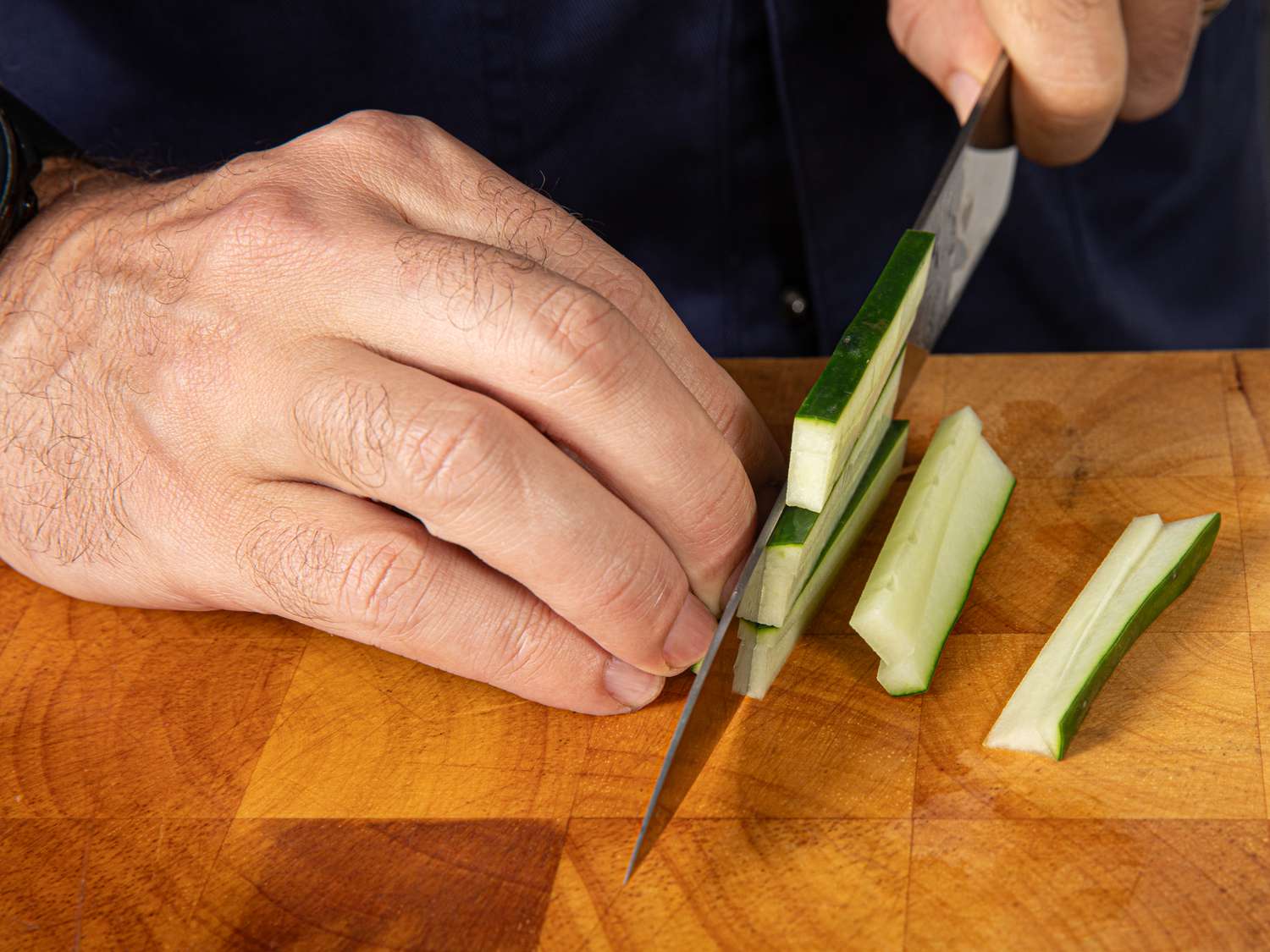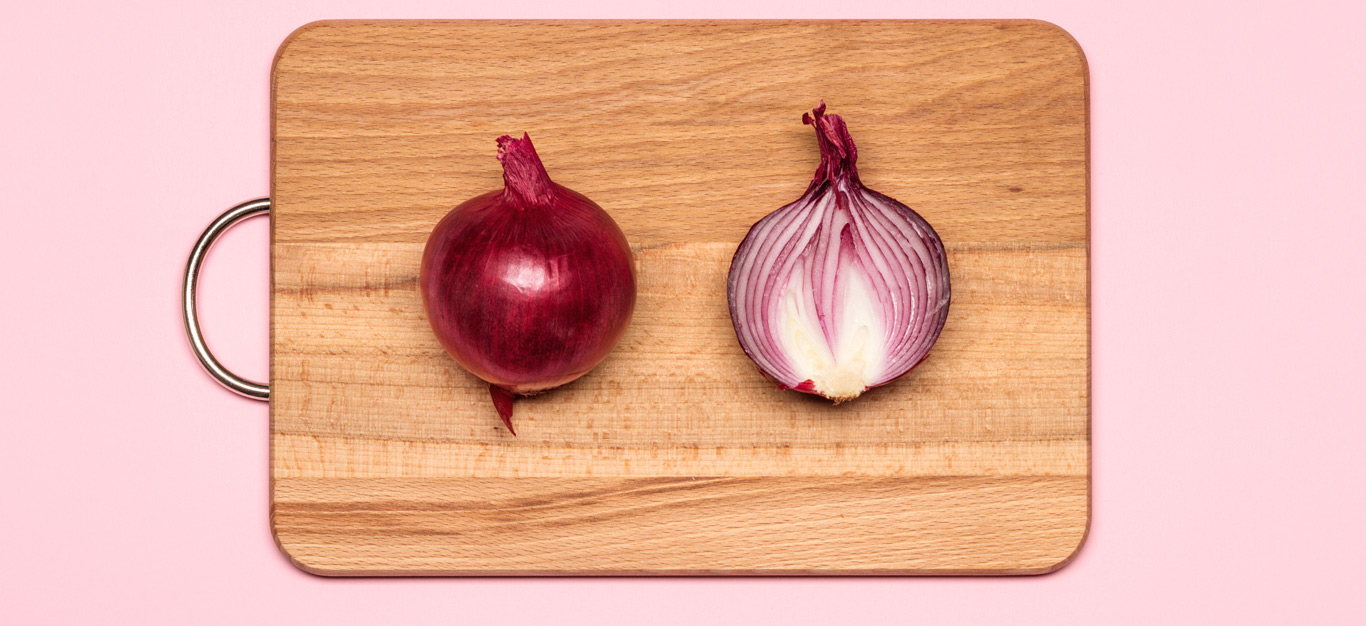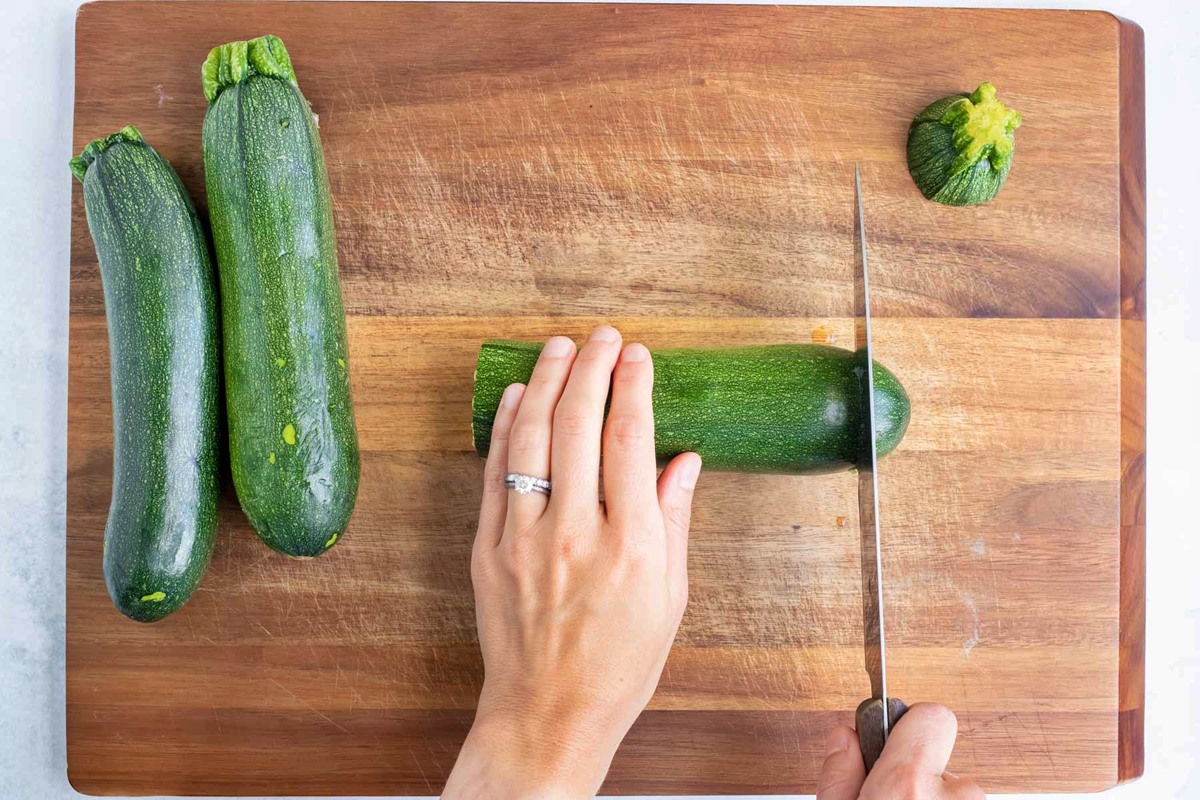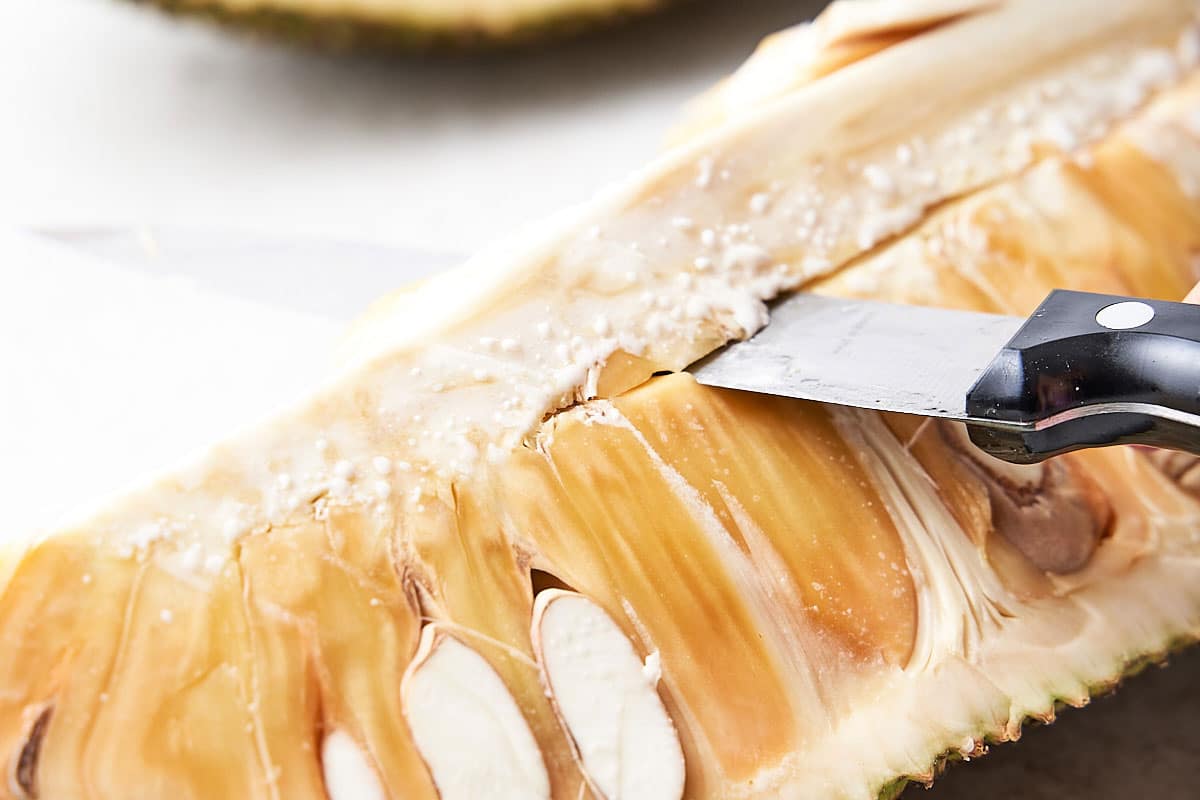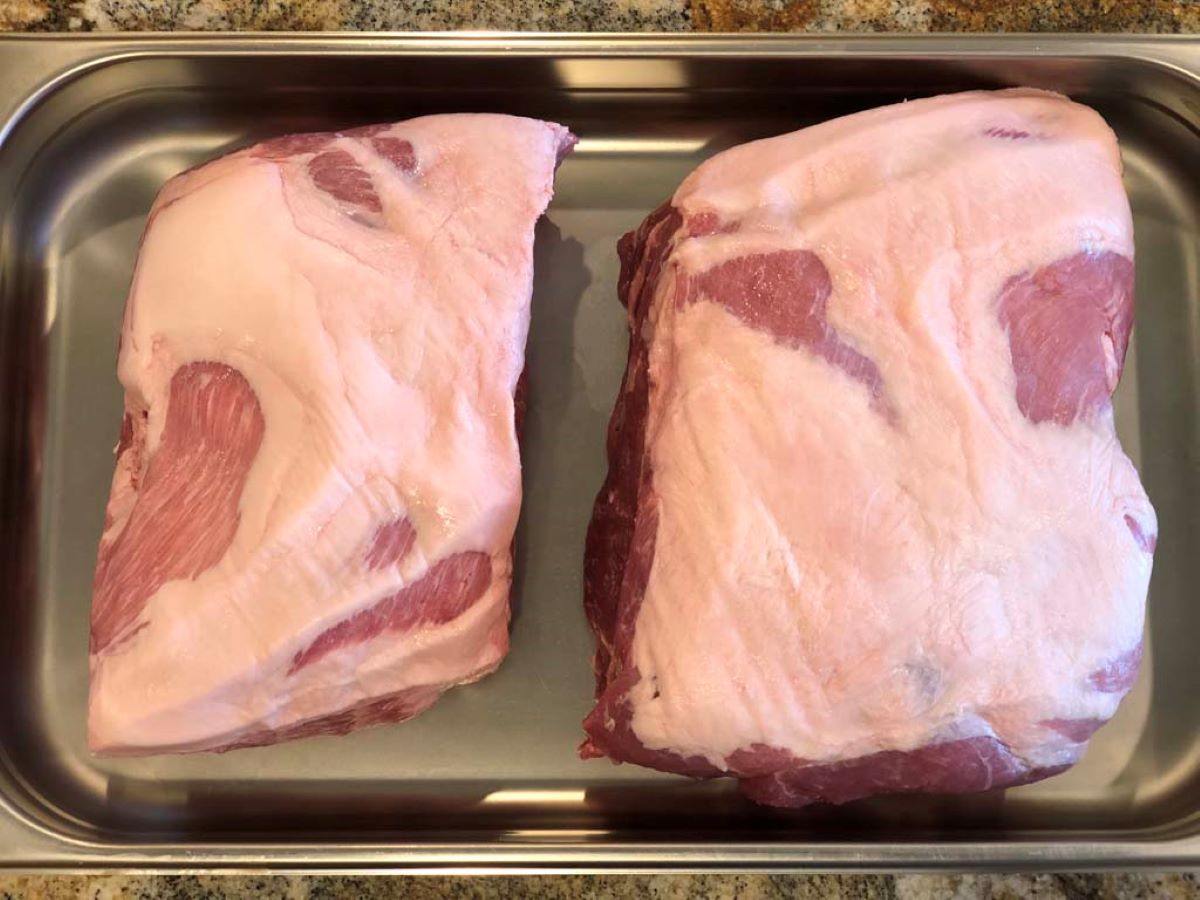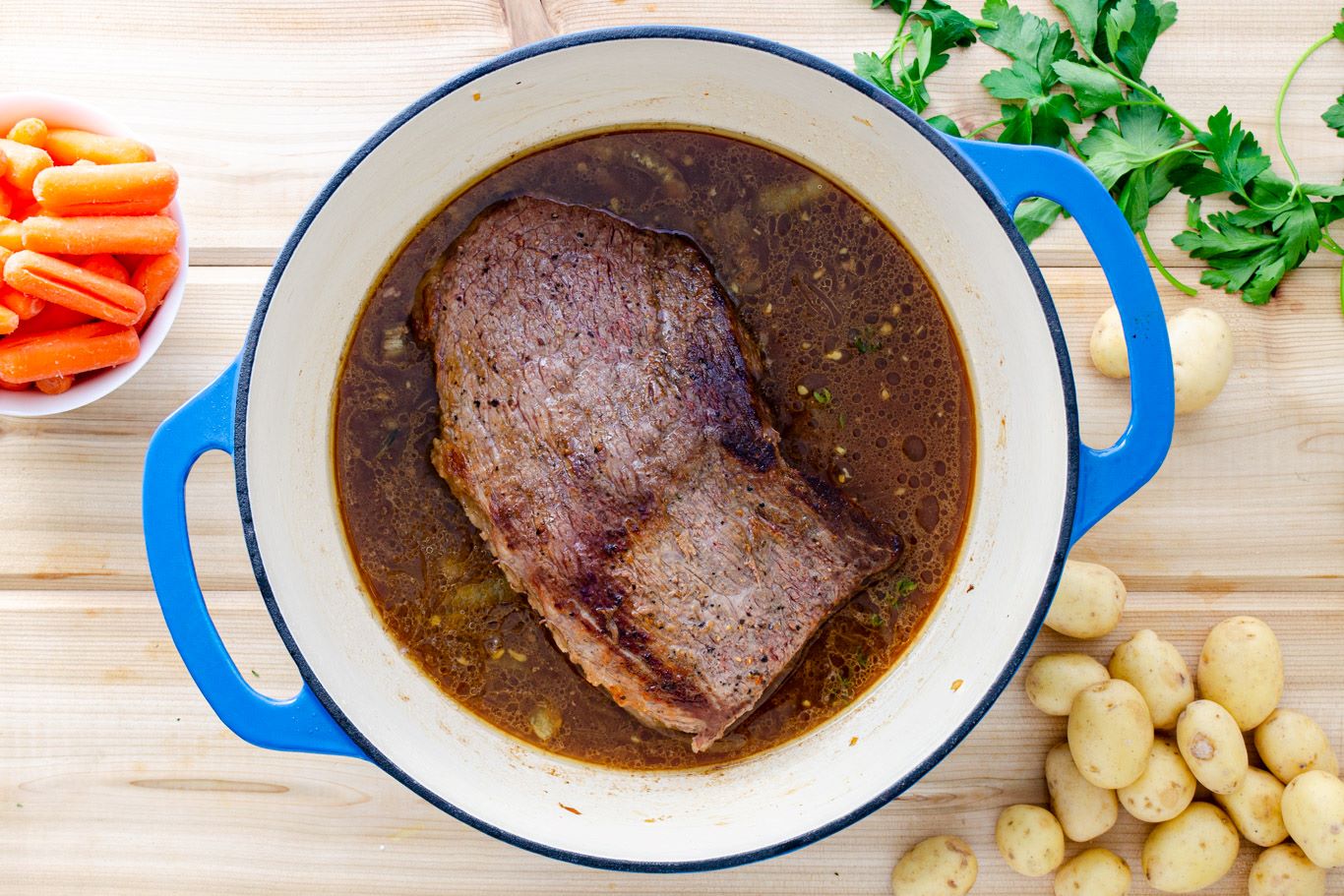How to Cut Thai Eggplant: A Step-by-Step Guide
Being a staple ingredient in Thai cuisine, learning how to cut Thai eggplant is essential if you want to create authentic and delicious Thai dishes. With their unique shape and vibrant purple color, Thai eggplants not only add flavor but also a touch of visual appeal to your meals. In this step-by-step guide, we will teach you the proper technique to cut Thai eggplant like a pro.
What You Will Need:
- Thai eggplant
- A sharp knife
- Cutting board
Step 1: Wash and Prepare the Thai Eggplant
Start by washing the Thai eggplant under cool running water to remove any dirt or residue. Then, pat them dry with a clean kitchen towel or paper towel. Before you begin cutting, make sure to remove any thorny stems that may be present.
Step 2: Decide on the Cutting Method
There are two popular methods to cut Thai eggplant, and the choice depends on the dish you are preparing:
- Method 1: Halving or Quartering – If you want to maximize the surface area and have faster cooking time, cut the Thai eggplant into halves or quarters. This method works well for stir-fries, curries, or roasted dishes.
- Method 2: Slicing – If you prefer thinner and more delicate pieces, slice the Thai eggplant into thin rounds. This method is ideal for dishes like salads or quick pickles.
Step 3: Halving or Quartering Method
If you have chosen the halving or quartering method, follow these steps:
- Place the Thai eggplant on the cutting board horizontally.
- Using a sharp knife, make a vertical cut down the middle of the eggplant, dividing it into two equal halves.
- If you prefer smaller pieces, further cut each half into quarters by making another vertical cut.
Step 4: Slicing Method
If you have chosen the slicing method, follow these steps:
- Place the Thai eggplant on the cutting board horizontally.
- Using a sharp knife, make thin slices that are approximately ¼ inch thick. Ensure consistent thickness for even cooking.
Step 5: Finishing Touches
After cutting the Thai eggplant, you are ready to use them in your desired recipe. Remember to incorporate them into your dish at the appropriate time, considering the cooking time required.
Now that you know how to cut Thai eggplant like a pro, get creative in the kitchen and explore the incredible flavors of Thai cuisine. Whether you are making a spicy curry, a refreshing salad, or a stir-fry, the vibrant and versatile Thai eggplant will surely elevate your dishes to the next level!
Was this page helpful?
Read Next: How To Cut Carrots For Curry
